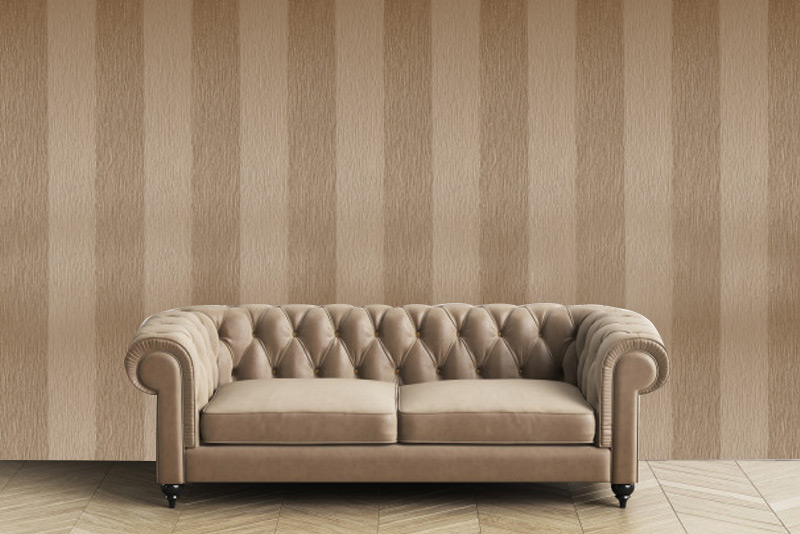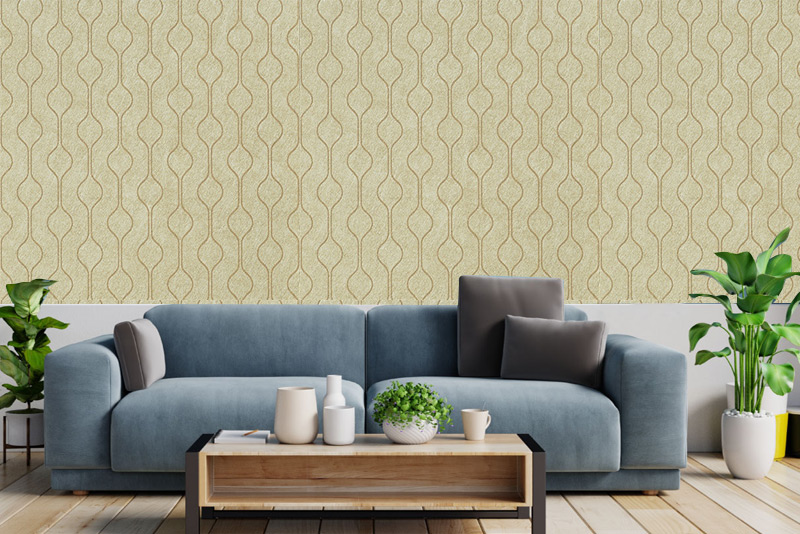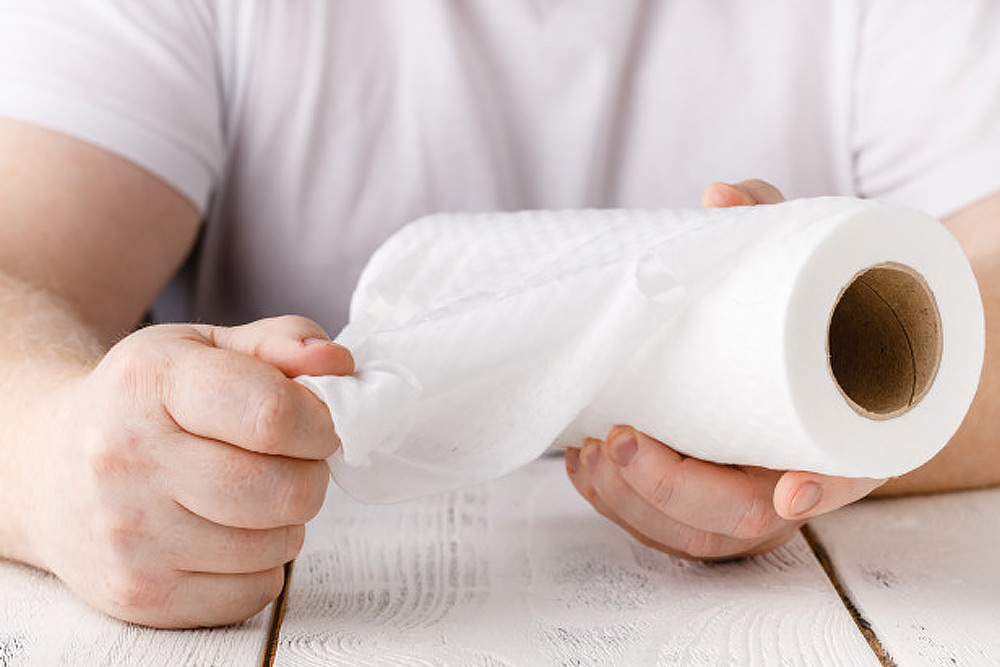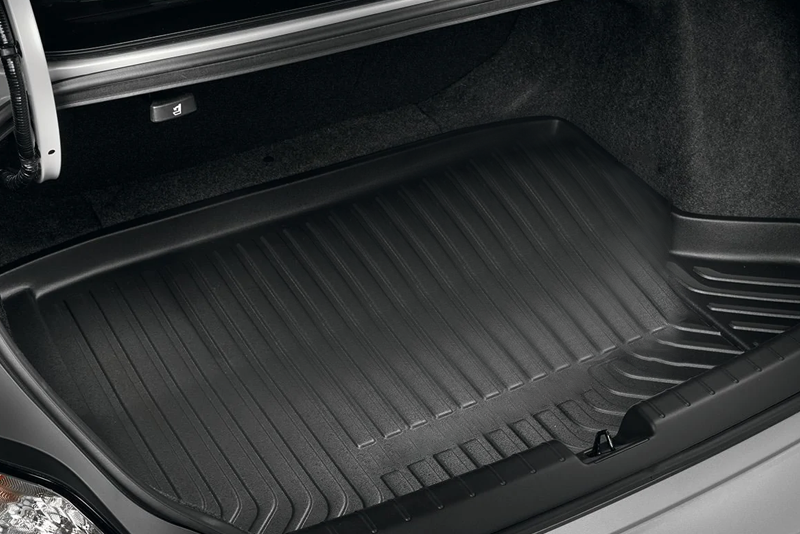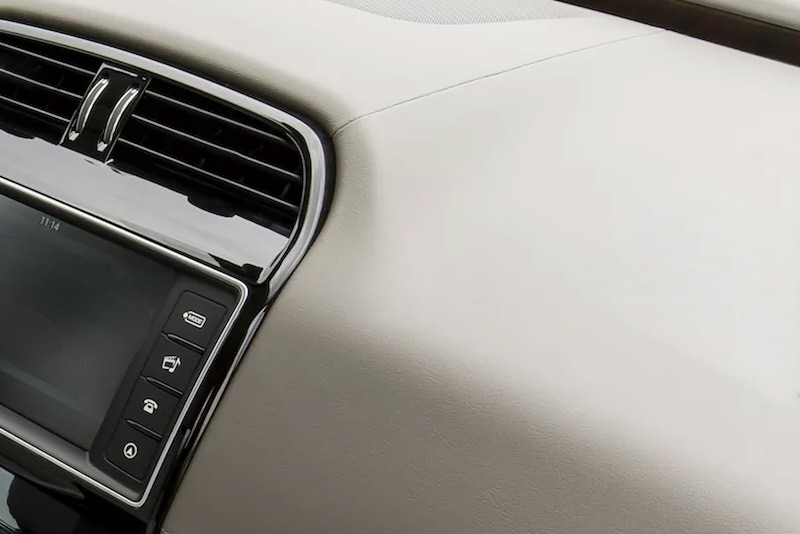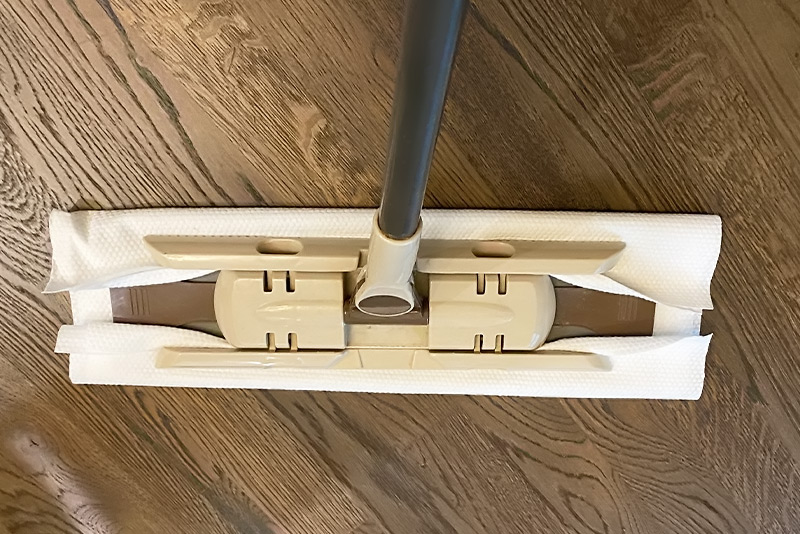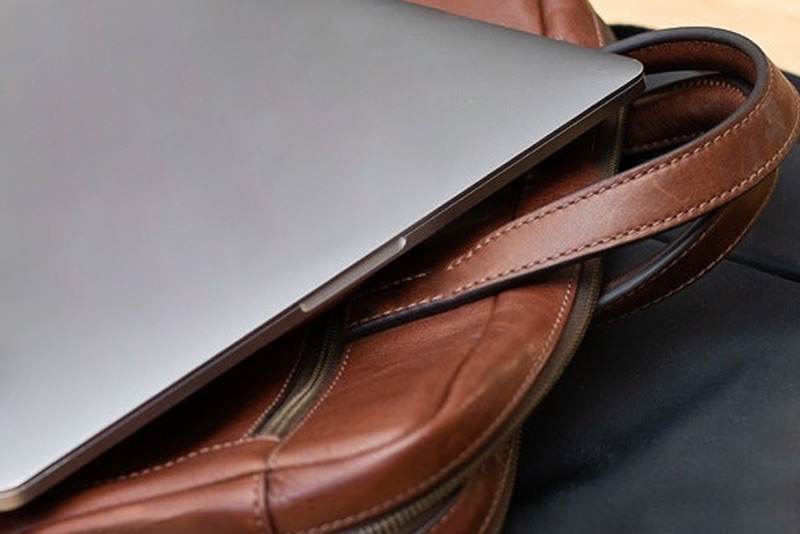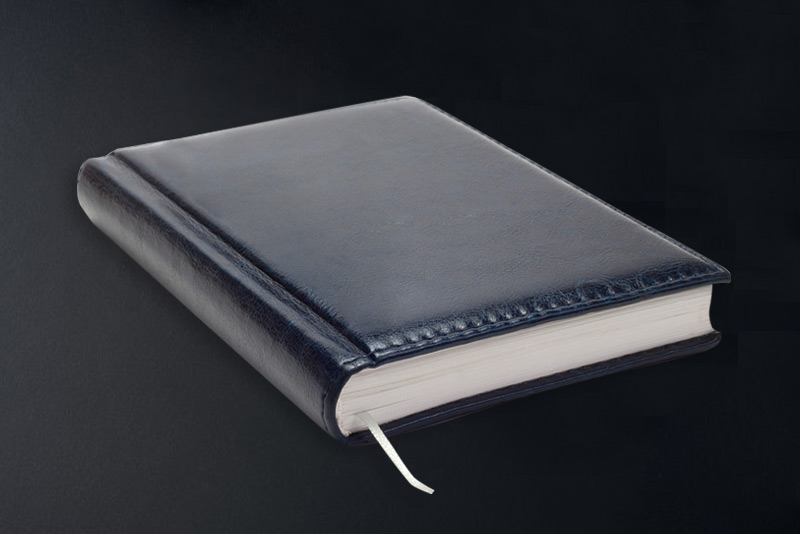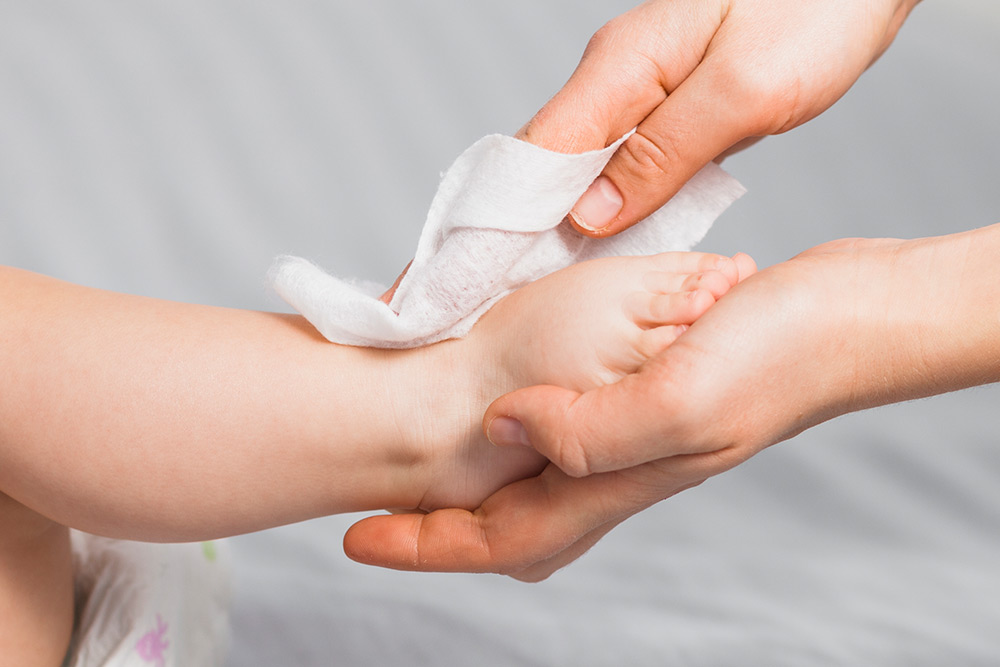Several factors can affect the quality and performance of thick spunlace nonwoven fabrics. These factors include:
Fiber Type: The type of fiber used in the production of spunlace nonwoven fabric significantly impacts its properties. Common fiber types include:
Natural fibers (such as cotton, bamboo, and wood pulp): Provide softness, absorbency, and biodegradability.
Synthetic fibers (such as polyester, polypropylene, and nylon): Offer strength, durability, and resistance to moisture and chemicals.
Blend Ratio: Blending different types of fibers in varying proportions can tailor the properties of spunlace nonwoven fabric to meet specific requirements. The blend ratio influences characteristics such as softness, absorbency, strength, and abrasion resistance.
Web Formation Technique: The method used to form the fiber web before bonding affects the structure and uniformity of the fabric. Common web formation techniques include:
Carding: Individual fibers are aligned using carding machines to create a uniform web.

Air-laying: Fibers are dispersed in an air stream and deposited onto a moving conveyor to form a loose web.
Wet-laying: Fibers are suspended in water and deposited onto a screen to form a wet web, which is then dried and bonded.
Bonding Method: The bonding method used to interlock the fibers in spunlace nonwoven fabric influences its strength, durability, and texture. Common bonding methods include:
Hydroentanglement: High-pressure water jets entangle the fibers to form a cohesive fabric with excellent strength and dimensional stability.
Chemical bonding: Binders or adhesives are applied to the fibers to bond them together, enhancing fabric integrity and stiffness.
Thermal bonding: Heat and pressure are used to fuse the fibers together, creating a strong, stable fabric with controlled porosity.
Finishing Treatments: Finishing treatments applied to spunlace nonwoven fabric can modify its surface properties and enhance performance. Common finishing treatments include:
Softeners: Improve fabric softness and handfeel, making it more comfortable for skin contact.
Hydrophilic finishes: Enhance fabric absorbency and wettability, allowing it to rapidly absorb liquids.
Antimicrobial treatments: Inhibit microbial growth on the fabric surface, providing hygienic properties for medical and hygiene applications.
Flame retardants: Impart flame-resistant properties to the fabric, increasing its safety in certain applications.
By carefully controlling these factors during the manufacturing process, producers can optimize the quality and performance of thick spunlace nonwoven fabrics to meet the specific requirements of various applications.


 English
English 简体中文
简体中文 日本語
日本語
